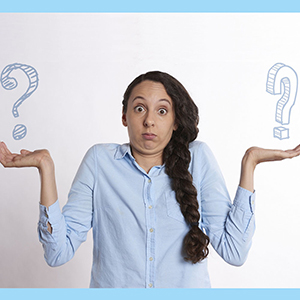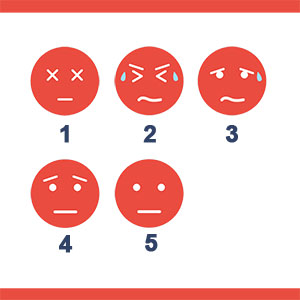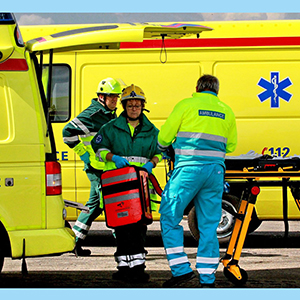My options?
When should you go to the emergency department?
If you have an URGENT health problem that requires IMMEDIATE CARE.
If your condition is not urgent…. THINK ABOUT YOUR OTHER OPTIONS!
| 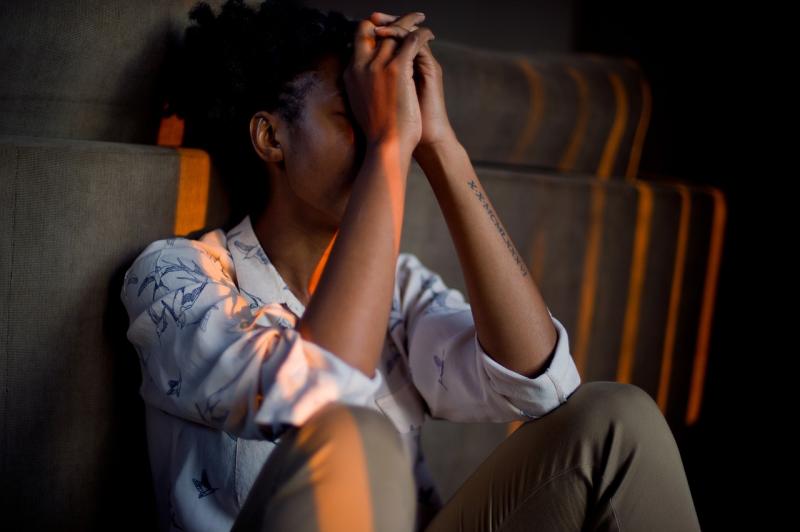 | CLSC (psychosocial services) 811 (Info-Santé | Info-Social) |
Health and medication advice | 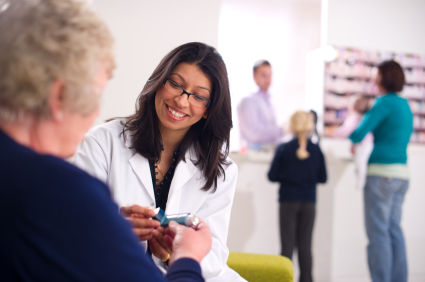 | Pharmacist At a pharmacy near you |
Consultation for a non-urgent health problem | 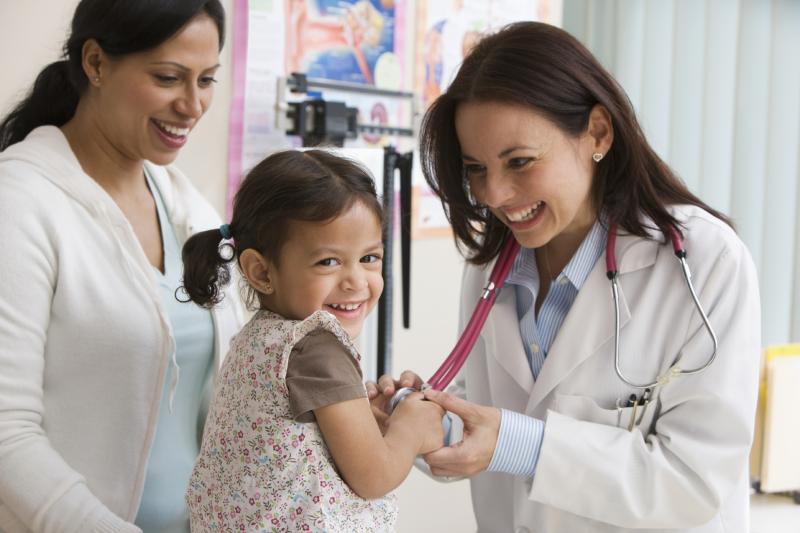 |
|
| 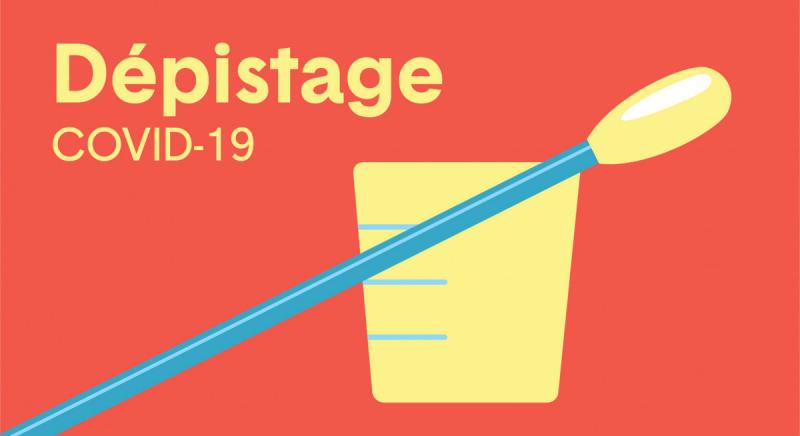 | cv19quebec.ca | 450 644-4545 |
Consumption problems | 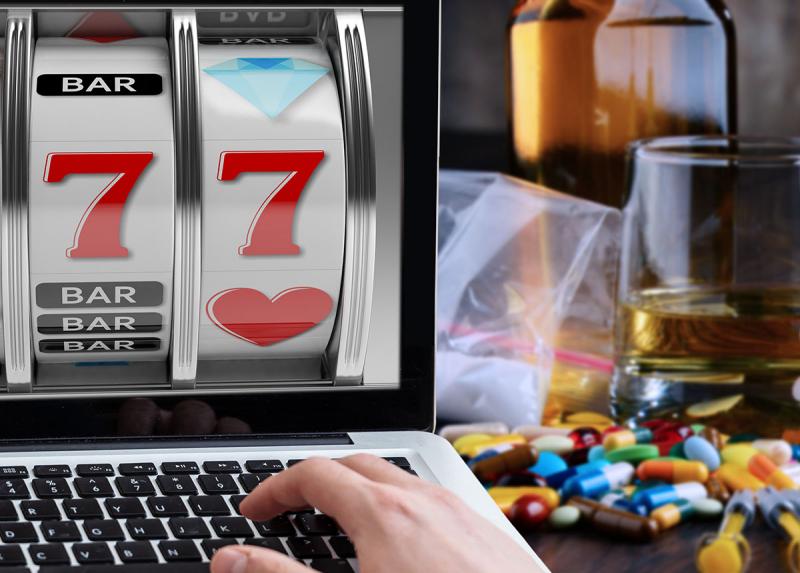 | Centre de réadaptation en dépendance | 1 866 964-4413 |
Domestic violence |  | SOS violence conjugale 1 800 363-9010 CLSC |
|  |
Clinique jeunesse (12-24 ans) |
You need to go to the emergency department: How does it work?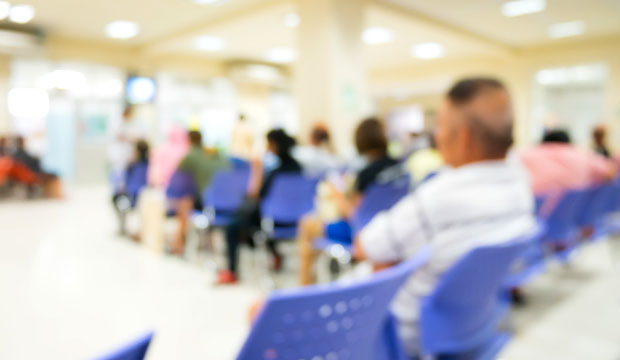
The emergency department does not operate on a “first come, first served” basis.
The severity of your condition (not the time of your arrival) determines the order in which you see the medical staff.
Therefore, waiting times can vary considerably from person to person, depending on their condition.
- Priority levels in the emergency room
The triage nurse will ask you a few questions about your health. She will also take your vital signs (blood pressure, pulse, temperature, pain level, etc.).
This assessment will determine the urgency of your condition (priority 1 to 5) and determine who needs to be seen first by the medical staff.

P1 - RESUSCITATIONLife-threatening: immediate intervention
(Loss of consciousness, cardiac arrest)
P2 - EMERGENTRapid response
(Severe chest pain, severe respiratory distress, signs a stroke)
P3 - URGENTSerious condition, not life-threatening
(Fractures, signs of an infection)
P4 - LESS URGENTNo need for immediate intervention
(Minor burn, minor allergic reaction)
P5 - NON URGENTGo to a clinic, FMG or CLSC
(Fever, stomach flu, signs of urinary tract infection, back pain, earwax blockage, ingrown toenail)This list is not exhaustive and is for information purposes only.
Ambulance transport

ATTENTION :
Arriving by ambulance does not mean you will be seen faster in the emergency department.
If your condition is non-urgent, you will go through the same steps as the other users. You may even be sent to the waiting room.
Not to mention the cost of the ambulance transport!
REMINDER: You need to travel for medical reasons?
Some organizations provide accompaniment/transportation for medical needs, even during the pandemic. ?
Find out more about the current situation in the emergency rooms.
